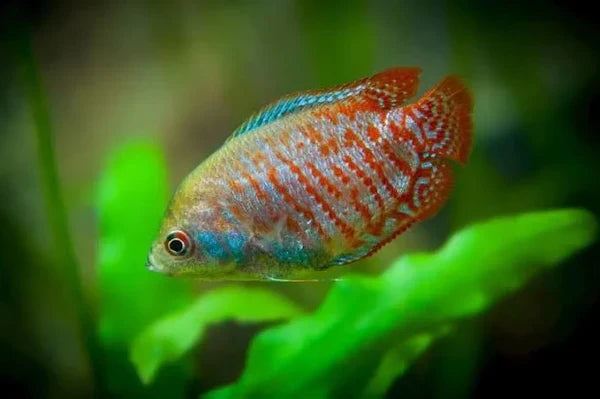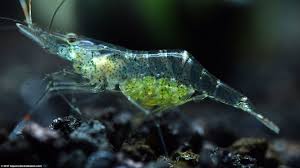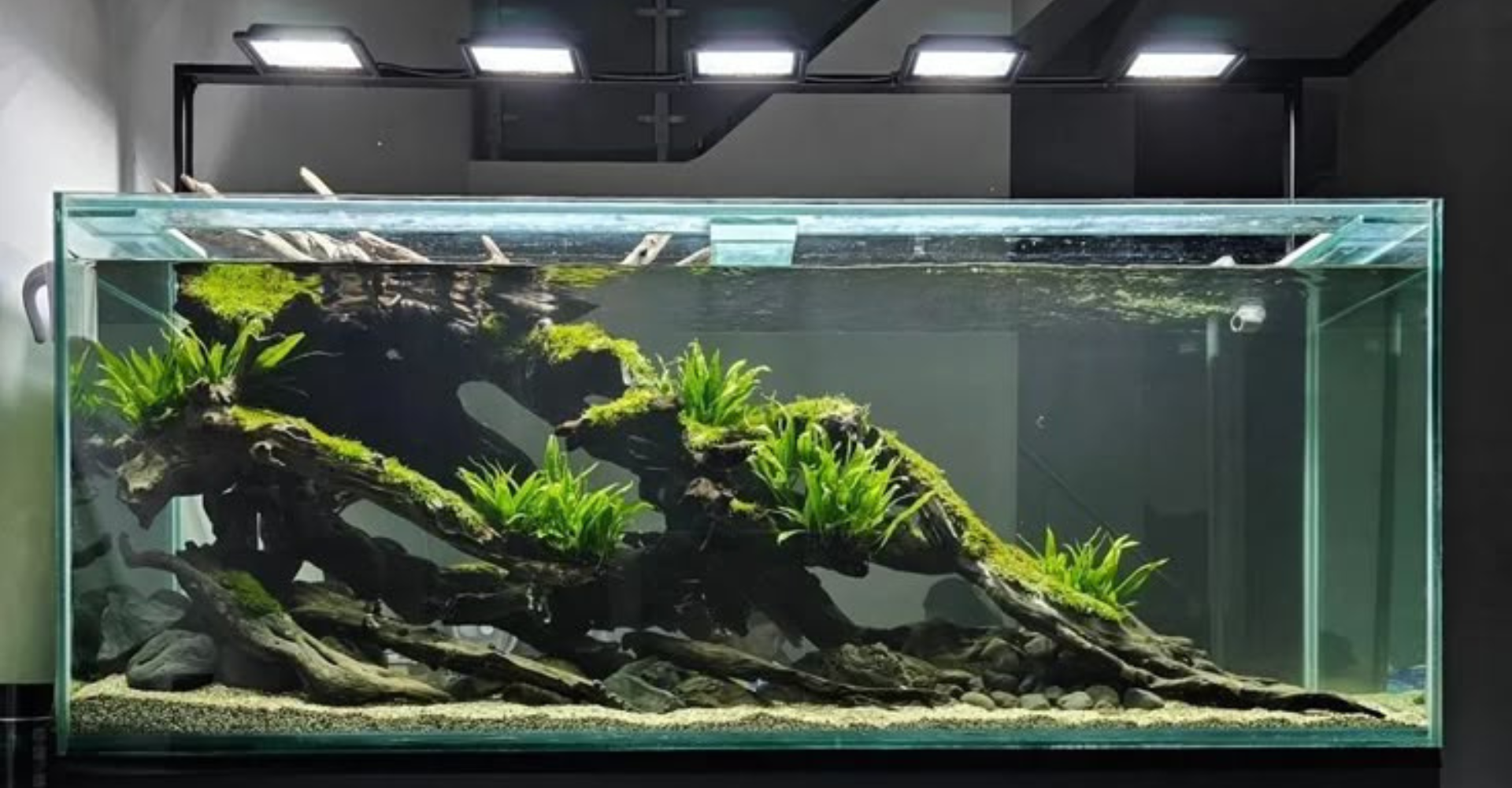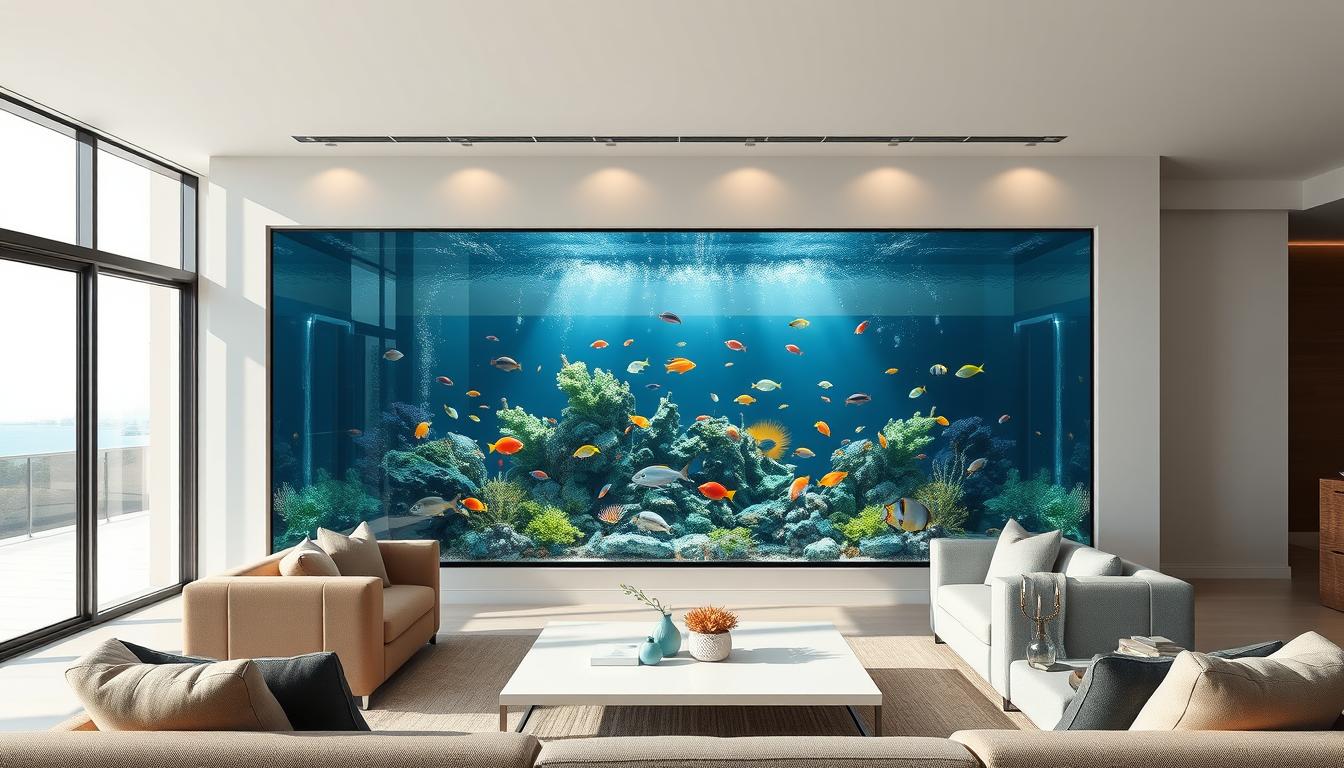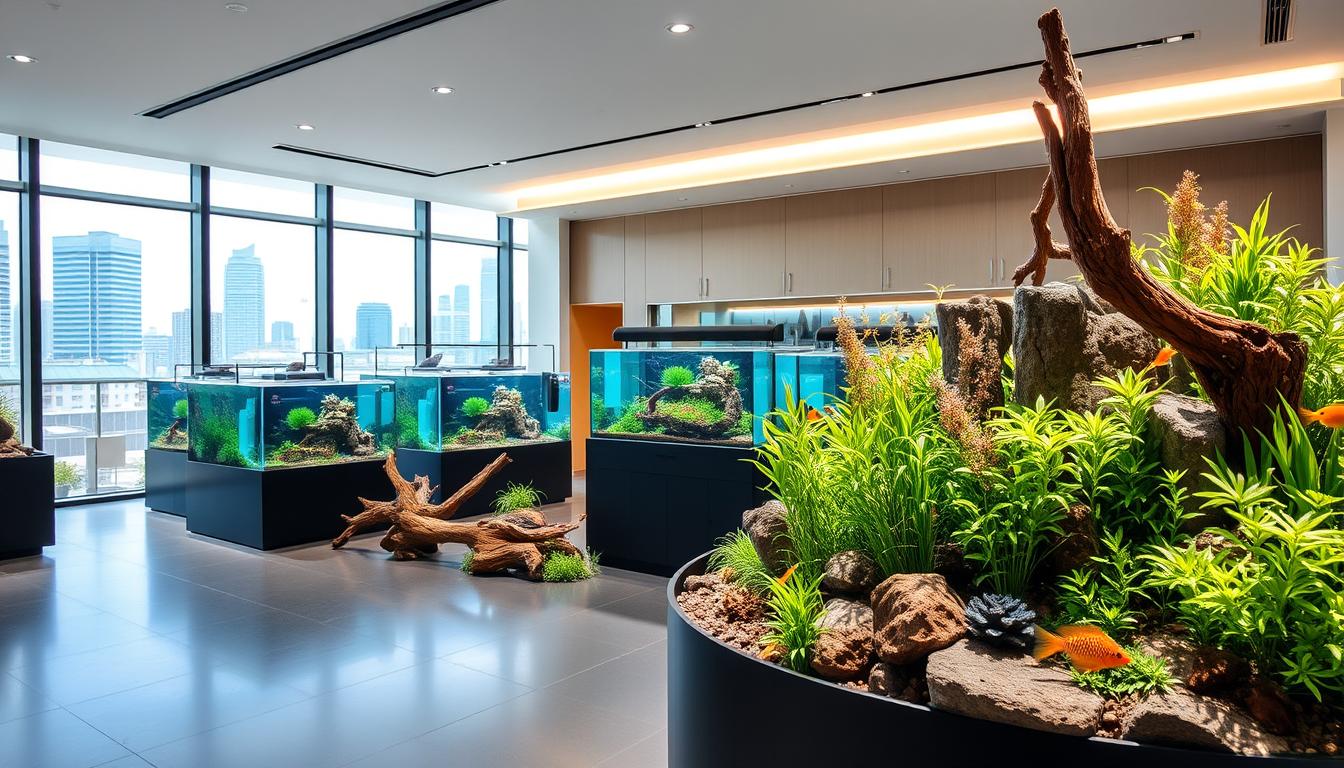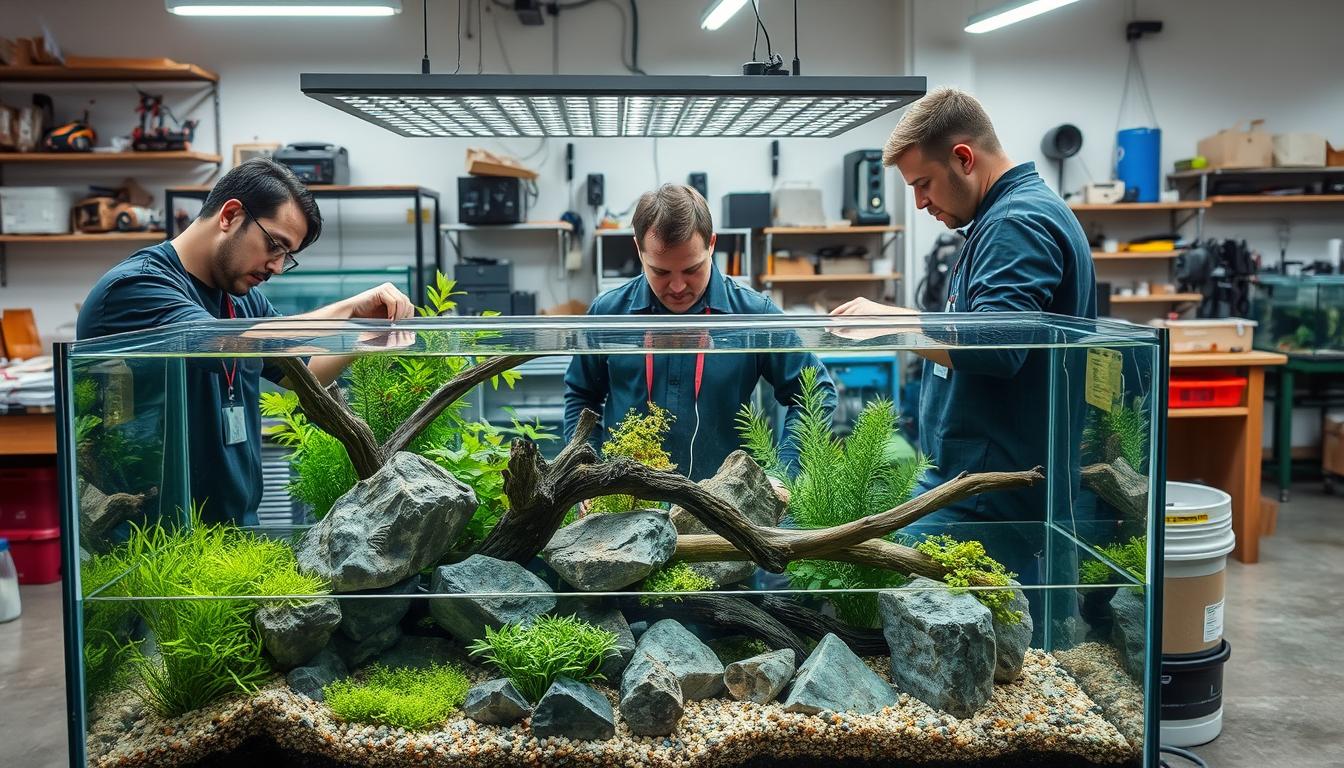If you’re after a critter that’s equal parts quirky and practical for your freshwater setup, look no further. These striking invertebrates boast elongated snouts and shells that shimmer in shades of gold, chocolate, or even creamy white. Their slow, deliberate movements add a calming presence to any tank.

Beyond their looks, these creatures play a handy role in tank maintenance. They munch on leftover food and soft algae, making them ideal mates for small fish or shrimp. But to keep their iconic shells strong and their personalities shining, you’ll need to nail the basics – think water quality, diet, and habitat setup.
Whether you’re new to aquatic pets or a seasoned hobbyist, this resource breaks down everything from ideal pH levels (7.2-8.0 works a treat) to substrate choices that prevent shell damage. We’ll also touch on breeding behaviours and why adding live plants is always a smart move.
Need supplies? The team at Micro Aquatic Shop can help – give ’em a buzz on (02) 8320 3037 or visit Unit 15, 2-8 Daniel Street, Wetherill Park. Now, let’s dive into creating the perfect underwater haven!
Key Takeaways for Aussie Aquarists
- Distinctive appearance with cone-shaped shells and colour variations from yellow to dark brown
- Peaceful tank mates that help control algae without disturbing other inhabitants
- Require stable water conditions (25-28°C) with moderate hardness
- Benefit from calcium-rich foods and smooth substrate for shell health
- Ideal for planted tanks with hiding spots and gentle water flow
- Available through trusted local suppliers like Micro Aquatic Shop
Introduction to Rabbit Snails
Looking to add a touch of exotic elegance to your aquarium? These slow-moving marvels from Indonesia’s Sulawesi lakes bring both beauty and practicality to freshwater setups. With their cone-shaped shells and antennae resembling bunny ears, they’re as functional as they are eye-catching.

What Are Rabbit Snails?
Known locally as Poso or Elephant Snails, these creatures grow up to 10cm long. Their shells display colours like golden yellow, chocolate brown, or ivory white. Unlike many freshwater species, they give birth to live young every 4-6 weeks, making breeding a fascinating process to observe.
Benefits of Adding Rabbit Snails to Your Tank
These invertebrates act as natural cleanup crews, grazing on algae and leftover food without disturbing plants. They thrive alongside small fish like neon tetras or celestial pearl danios, and coexist peacefully with cherry shrimp. A 40-litre tank with sandy substrate keeps their delicate shells scratch-free.
For Aussies keen to source healthy specimens, Micro Aquatic Shop offers expert advice. Reach them at (02) 8320 3037 or visit their Wetherill Park store. Up next: how to create their ideal underwater habitat!
Setting Up Your Aquarium for Rabbit Snails
Creating the perfect home for your aquatic cleaners starts with smart setup choices. These peaceful invertebrates thrive in environments that mimic their natural habitats – think stable water conditions and surfaces that protect their delicate shells.

Space Matters: Tank Basics
A 20-gallon aquarium works best for groups of 3-5 specimens. This size allows ample room for grazing while maintaining stable water parameters. Pair a gentle sponge filter with a reliable heater (25-28°C) to create ideal freshwater conditions.
Lighting should support live plants without encouraging excessive algae growth. LED systems with adjustable brightness are a good idea – they help java ferns or anubias thrive while keeping temperatures consistent.
Flooring and Features
Choose fine-grained sand or smooth aquasoil as your substrate. Rough materials can scratch shells, leading to long-term health issues. Many Aussie hobbyists mix in crushed coral to naturally boost calcium levels – a key mineral for shell development.
Incorporate driftwood or slate rocks to create hiding spots. These elements also release beneficial tannins that slightly acidify water. Keep ammonia and nitrite levels below 0.5 ppm through regular testing – your local Micro Aquatic Shop team can recommend affordable test kits.
"A well-planned tank becomes a living ecosystem. The right balance between equipment and natural elements makes all the difference."
Need help sourcing supplies? The experts at Micro Aquatic Shop stock aquarium-safe materials and offer personalised advice. Reach them at (02) 8320 3037 or visit their Wetherill Park showroom to see setups in action.
Ideal Water Conditions and Aquarium Maintenance
Maintaining pristine water quality is non-negotiable for keeping your shelled cleaners thriving. These invertebrates depend on stable environments to develop their signature spiral homes and stay active in community tanks.
Dialling In the Perfect Chemistry
Aim for 25-28°C water temperatures with pH levels between 7.2-8.0. Calcium-rich conditions (GH 8-12 dGH) prevent shell erosion – crushed coral or cuttlebone chunks work wonders. Test kits are essential for tracking:
- Ammonia/Nitrites: 0 ppm (toxic even in small amounts)
- Nitrates: Below 20 ppm
- Calcium: 70-90 ppm
Smart Maintenance Habits
Weekly 25% water changes remove waste without shocking inhabitants. Use a gravel vacuum gently across sandy substrates to avoid disturbing eggs or beneficial bacteria. Live plants like java ferns act as natural filters, while algae wafers supplement grazing between cleanings.
"Consistency beats perfection. Small, regular adjustments keep tanks balanced better than occasional overhauls."
Struggling with parameter swings? The crew at Micro Aquatic Shop stocks premium test kits and calcium supplements. Pop into their Wetherill Park store or ring (02) 8320 3037 for personalised troubleshooting tips.
Essential Rabbit Snail Care Guide Tips
Keeping your shelled mates in top shape starts with what lands on the menu. These slow-moving grazers need more than just tank algae to thrive – smart feeding habits and targeted supplements make all the difference.
Proper Diet and Feeding Strategies
Offer a mix of sinking pellets, algae wafers, and blanched veggies like zucchini or spinach twice weekly. Natural detritus forms their base diet, but calcium-rich additions prevent shell pitting. Try this routine:
- Monday/Thursday: 1 algae wafer per 5 specimens
- Tuesday/Friday: Veggie portions (remove uneaten bits after 12 hours)
- Daily: Let them graze on biofilm and decaying plant matter
Preventive Health Practices and Supplementation
Spot-check shells monthly for cracks or discolouration – early signs of calcium deficiency. Crushed eggshells or commercial supplements added to food boost mineral intake. If your crew ignores meals, test water parameters first – ammonia spikes often curb appetites.
"A well-fed snail army keeps tanks cleaner. Rotate their menu weekly to cover all nutritional bases."
For quality foods and supplements, chat with the team at Micro Aquatic Shop. They’ll help you balance nutrition without overfeeding. Reach them at (02) 8320 3037 or visit their NSW store for personalised advice.
Breeding, Reproduction and Tank Mate Compatibility
Building a thriving underwater ecosystem means understanding how inhabitants interact. These slow-breeding invertebrates add value through their manageable reproduction and peaceful nature, making them ideal for community setups.
Understanding Their Reproductive Cycle
Maturity hits around 12 months, with pairs producing 1-2 live young monthly. Females carry gelatinous egg sacs for weeks before releasing fully formed offspring. Maintain these conditions for success:
- Stable pH (7.2-8.0) and temperatures (25-28°C)
- Calcium-rich foods like blanched kale or cuttlebone
- Sandy substrate for egg sac protection
Hatchlings emerge at 5-8mm, needing biofilm-rich surfaces. Their slow population growth prevents tank overcrowding - a major plus for casual hobbyists.
Crafting a Peaceful Neighbourhood
Choose companions that won’t nip at waving antennae or outcompete for food. Top picks include:
- Small fish: Ember tetras, celestial pearl danios
- Invertebrates: Cherry shrimp, Nerite snails
- Avoid: Loaches, cichlids, or Assassin snails
Add java moss or cholla wood to create grazing zones and hiding spots. Regular water tests prevent stress-induced breeding pauses.
"Successful communities mirror nature’s balance. Every species should have space to thrive without conflict."
Need help designing your setup? The friendly team at Micro Aquatic Shop offers free compatibility checks. Drop by their Wetherill Park store or call (02) 8320 3037 for tailored advice.
Enhancing Your Aquascape with Live Plants and Decorations
Transforming your tank into a living artwork starts with smart plant choices. A well-designed layout does more than dazzle – it creates healthier habitats for all inhabitants. Let’s explore how to blend beauty with practicality.
Why Live Plants Matter
Aquatic greenery acts as nature’s filtration system. Species like java ferns and anubias absorb nitrates while releasing oxygen. Their leaves also host biofilm – a nutrient-rich snack for grazing invertebrates.
Consider these benefits:
| Plant Type | Light Needs | Growth Speed |
|---|---|---|
| Java Fern | Low | Slow |
| Anubias | Low | Moderate |
| Dwarf Hairgrass | High | Fast |
Crafting Balanced Layouts
Arrange taller plants at the back, leaving open spaces for movement. Smooth river rocks or cholla wood make perfect climbing frames. Always leave 40% of the substrate uncovered for natural foraging behaviour.
Aim for these proportions:
- 50% plant coverage
- 30% hardscape elements
- 20% open swimming areas
"Great aquascapes tell stories. Every leaf and stone should serve both the eye and ecosystem."
Need inspiration? The design experts at Micro Aquatic Shop can help create your dream layout. Visit them at Unit 15, 2-8 Daniel Street or call (02) 8320 3037 for personalised advice.
Conclusion
Creating a thriving aquarium ecosystem with these unique invertebrates requires attention to detail. Focus on stable water parameters (7.2-8.0 pH, 25-28°C), calcium-rich diets, and smooth substrates to protect delicate shells. Regular testing and weekly partial water changes keep conditions optimal for both snails and tank mates.
These slow-moving cleaners naturally manage algae while adding visual interest to planted setups. Their low breeding rate prevents overcrowding, making them ideal for balanced tanks. Pair them with peaceful fish or shrimp for a dynamic, low-maintenance community.
For specific advice on compatible tank mates or breeding habits, revisit earlier sections. Need supplies? The team at Micro Aquatic Shop offers expert guidance and quality products – call (02) 8320 3037 or visit Unit 15, 2-8 Daniel Street, Wetherill Park.
By following these guidelines, you’ll maintain healthy specimens that contribute to a vibrant underwater world. Share your experiences or questions below – we’re here to help your aquatic journey thrive!
FAQ
What makes rabbit snails different from other freshwater species?
These critters stand out with their unique cone-shaped shells and antennae resembling bunny ears. They’re slow-moving, peaceful scavengers that help clean up leftover food and algae without harming live plants like java ferns or anubias.
How big do these snails grow, and what tank size is suitable?
Adults typically reach 8–10 cm in length. A minimum 38-litre tank is recommended to give them space to explore. Larger setups (75+ litres) work better if keeping a group or pairing them with shrimp like cherry reds.
Can I use tap water for their aquarium?
Yes, but ensure it’s treated to remove chlorine and maintains a pH of 7.5–8.2. Stable calcium levels (100–150 ppm) are crucial for shell health—consider adding crushed coral or supplements like Seachem Equilibrium if your water is soft.
What’s the best diet to keep them thriving?
Offer a mix of sinking algae wafers, blanched veggies (zucchini, spinach), and calcium-rich pellets. They’ll also graze on biofilm and decaying plant matter. Avoid overfeeding to prevent water quality issues.
Are they safe with fish like bettas or cichlids?
Peaceful species like neon tetras or pygmy corydoras are ideal. Avoid aggressive fish that might nip at their antennae. Shrimp (e.g., amano or ghost) and other snails (nerites, mystery) usually coexist well.
How often do they breed in home aquariums?
Breeding is slow but fascinating! Females produce one egg at a time, which hatches into a fully formed juvenile after 4–6 weeks. Stable water conditions and plenty of calcium boost successful reproduction.
Do they need special substrate or decorations?
Soft sand or fine gravel protects their delicate foot. Add smooth rocks, driftwood, or leaf litter for grazing surfaces. Live plants like java moss or crypts provide shelter and improve water quality.
How do I spot health issues early?
Watch for cracked shells (calcium deficiency), lethargy (poor water quality), or closed operculums (stress). Weekly 20% water changes and testing ammonia/nitrite levels help prevent most problems.

